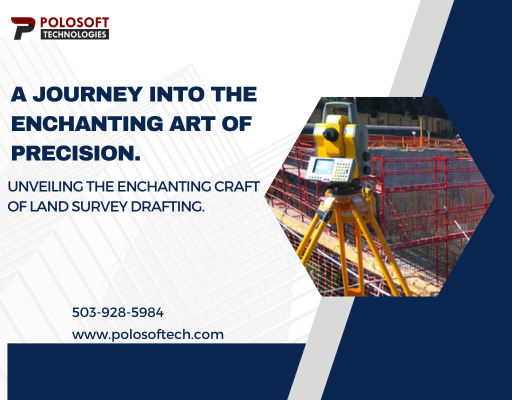5 Qualities a Good GIS Company Should Possess

In the rapidly evolving landscape of technology, Geographic Information System (GIS) companies play a pivotal role in transforming raw data into meaningful insights. Whether it's aiding urban planning, environmental conservation, or business decision-making, a good GIS company possesses certain qualities that set it apart from the rest. Let's explore the five key qualities that define a reliable and effective GIS company . Expertise in GIS Technology: A good GIS company stands out through its in-depth knowledge and expertise in GIS technology. This includes proficiency in mapping software, spatial analysis, and remote sensing. Clients seek a partner who not only understands the intricacies of GIS but can also translate that understanding into practical and innovative solutions. From creating detailed maps to utilizing cutting-edge technology, a competent GIS company demonstrates a mastery of the tools at its disposal. Industry-Specific Experience: Industries vary widely in the...






